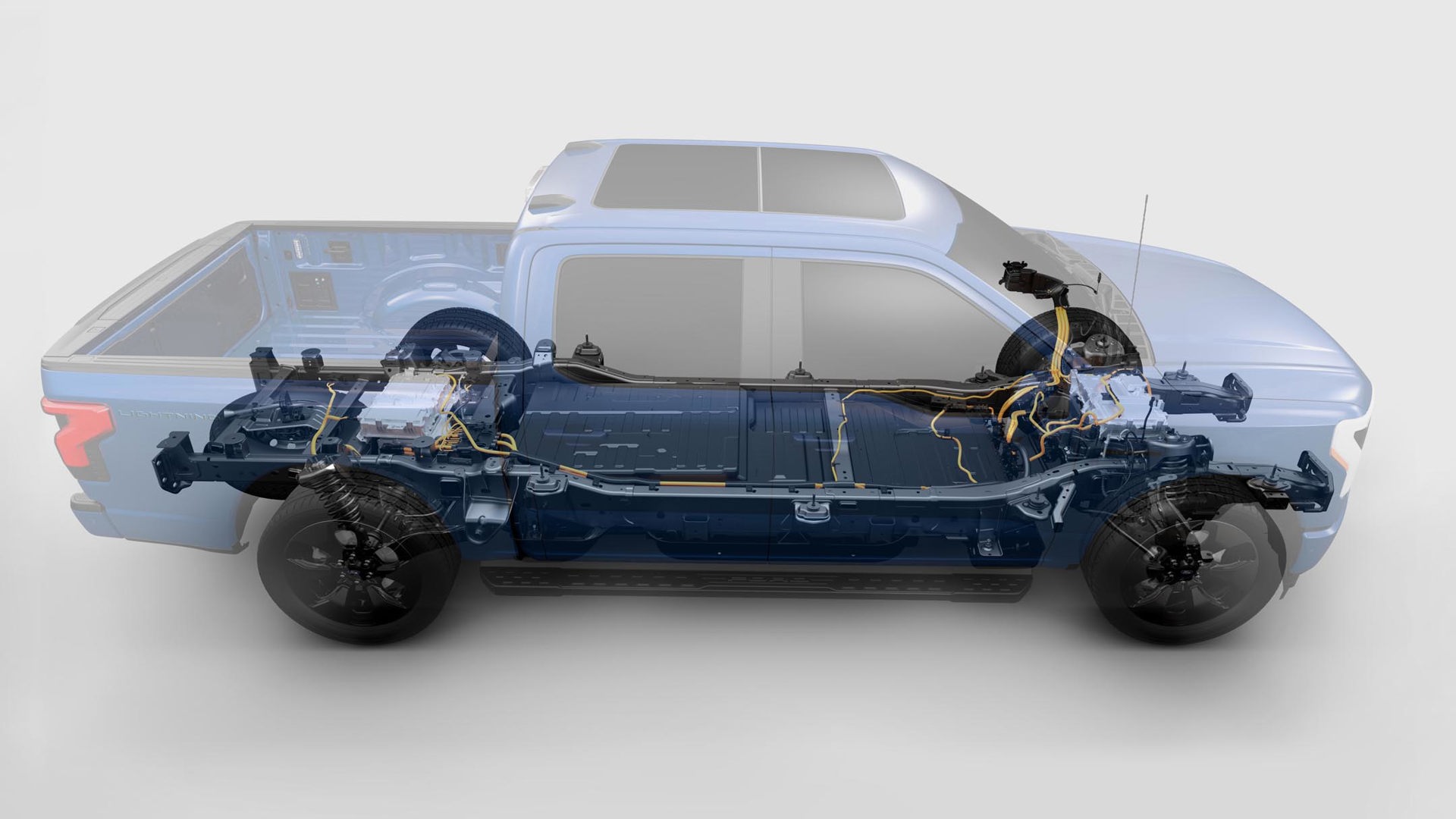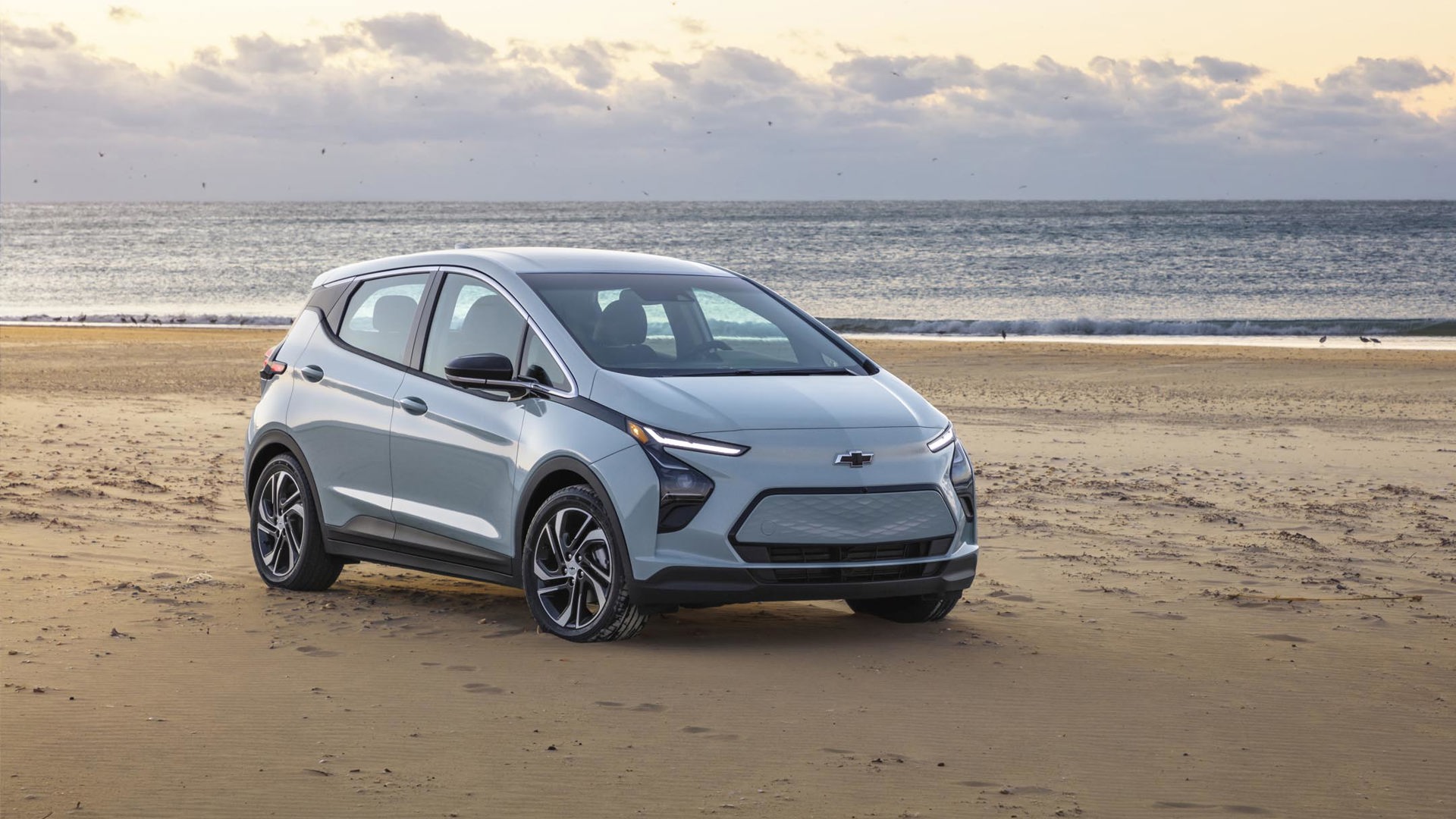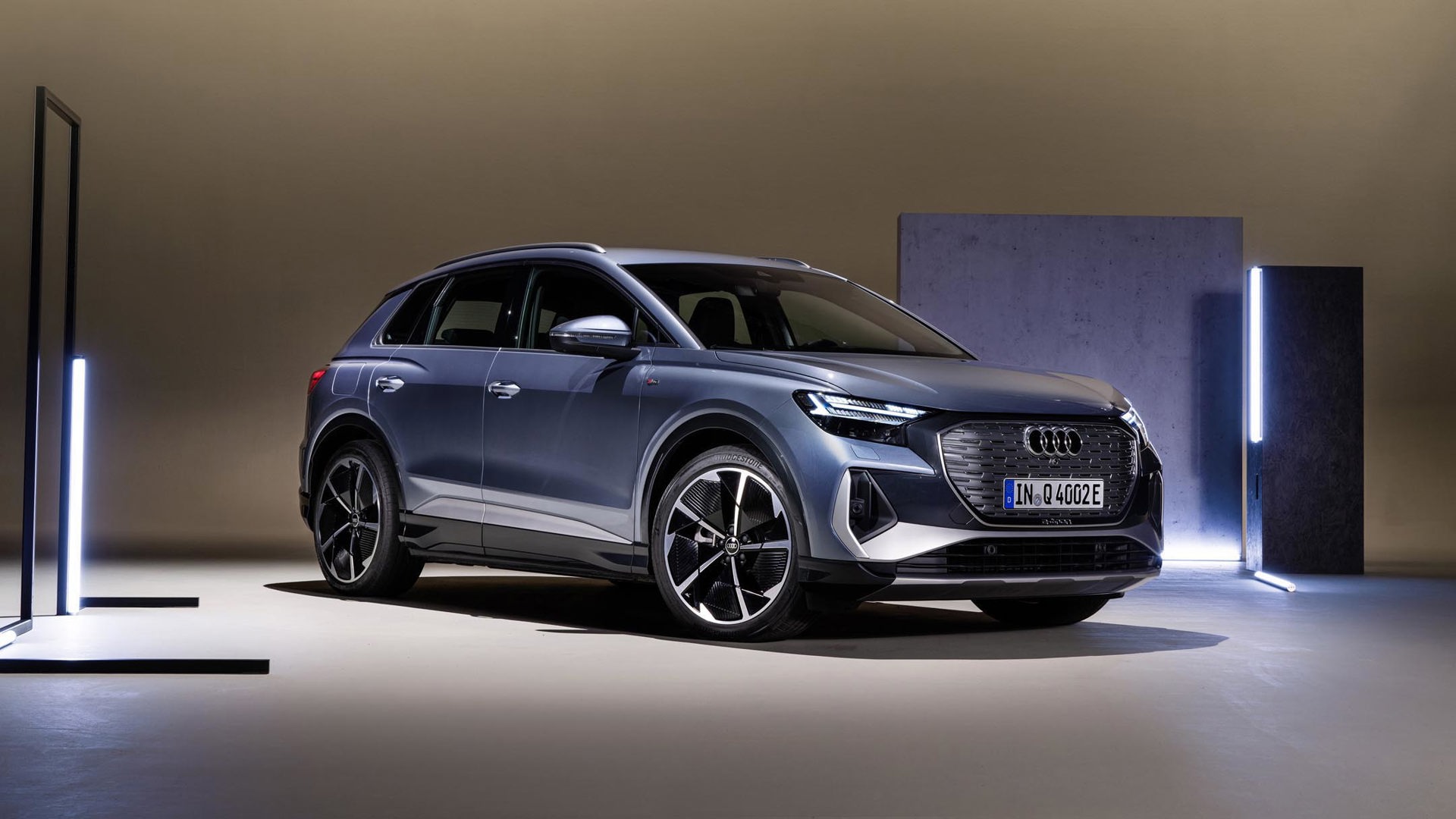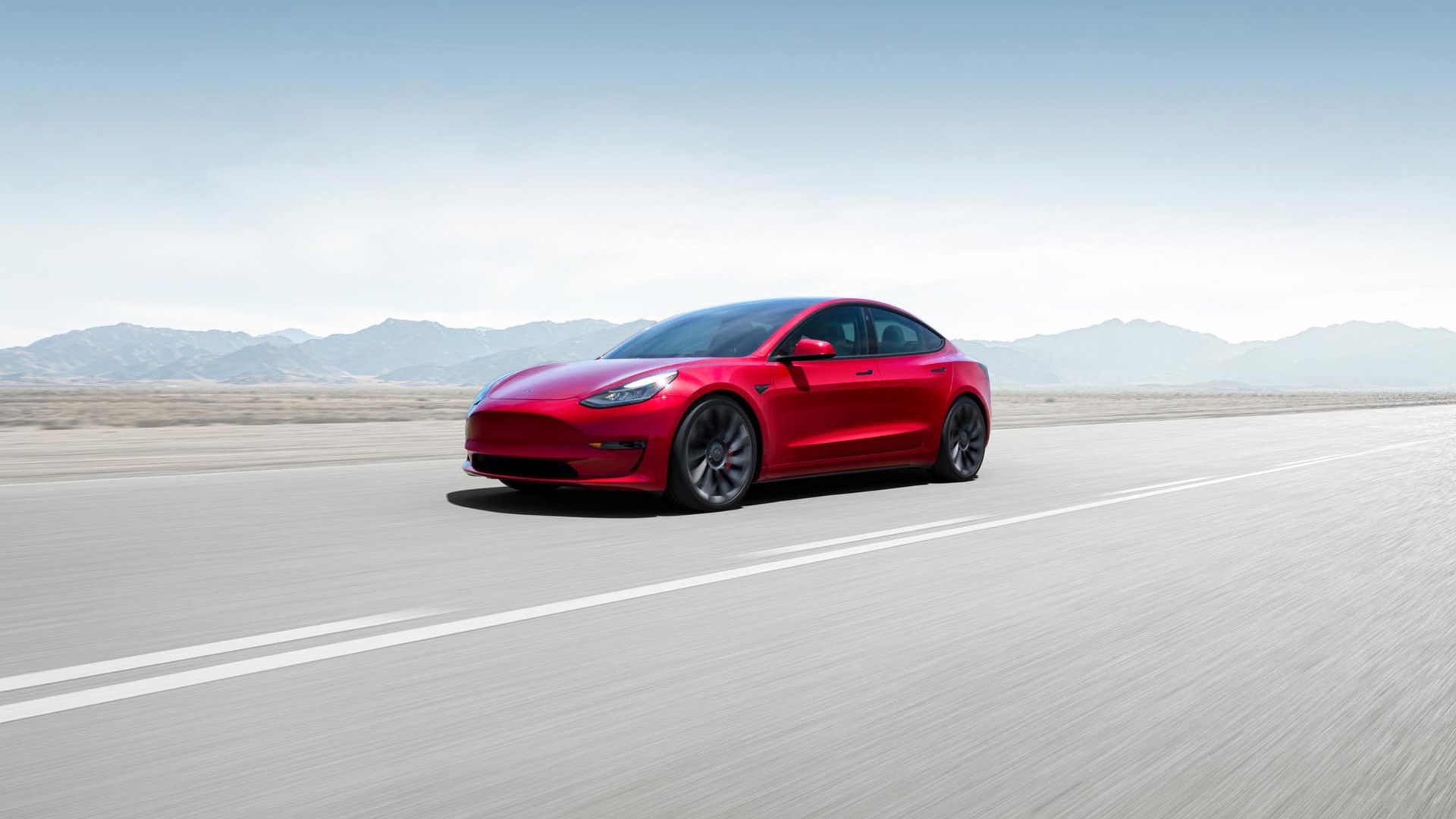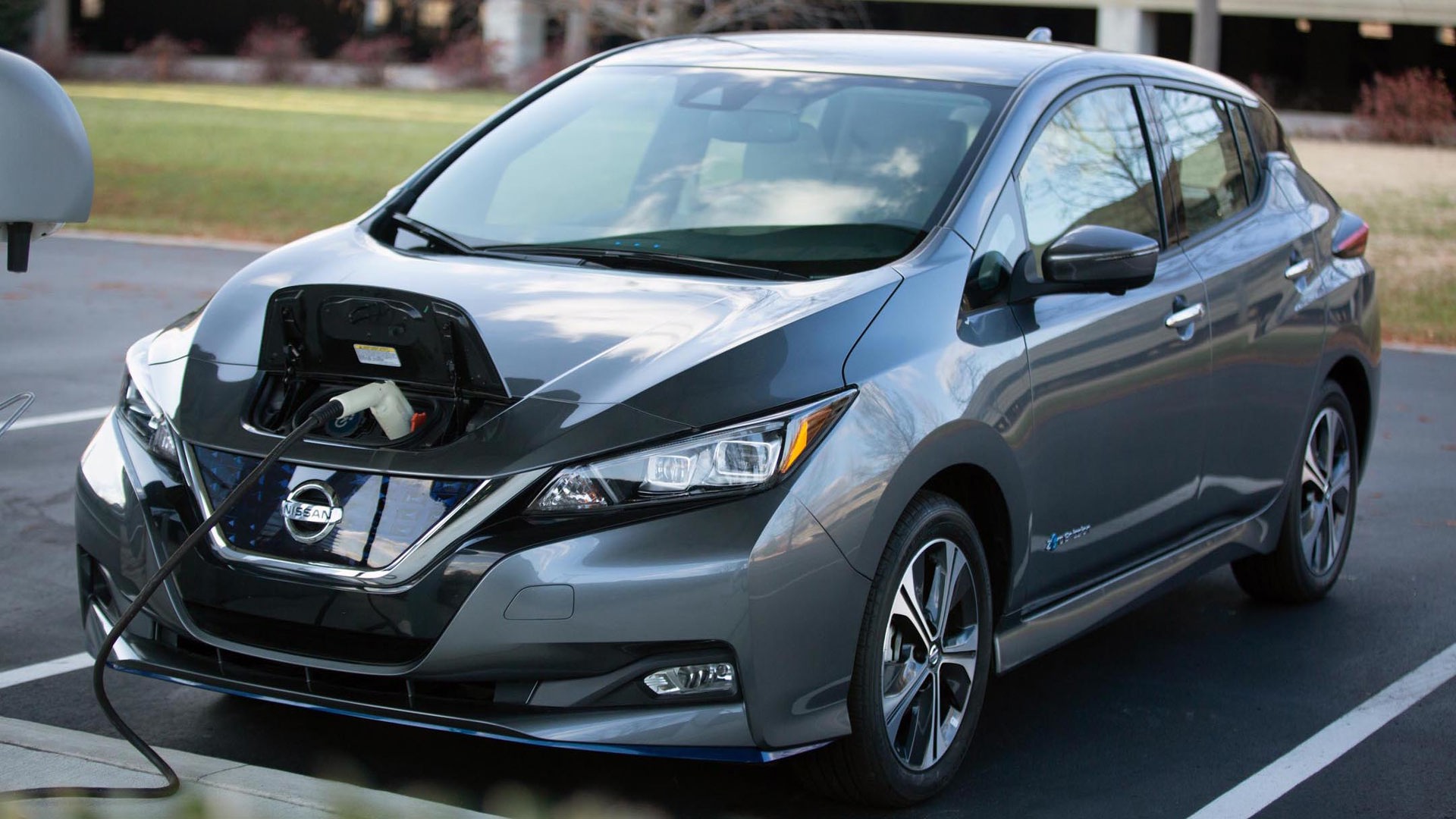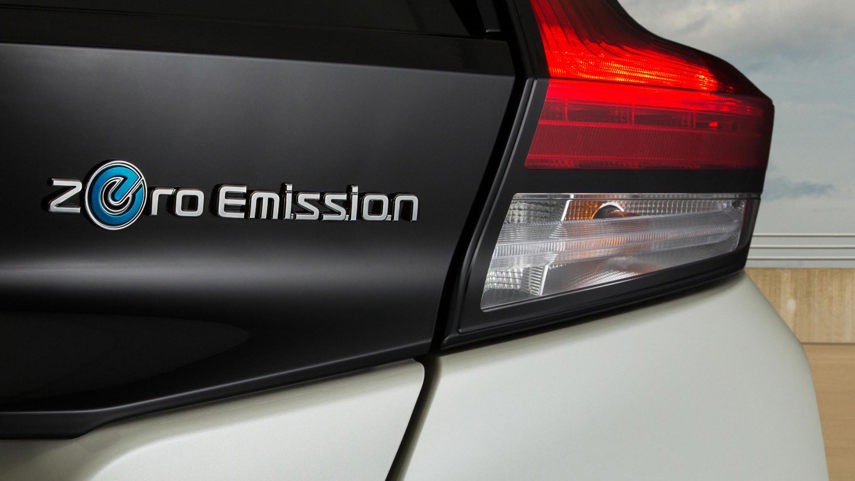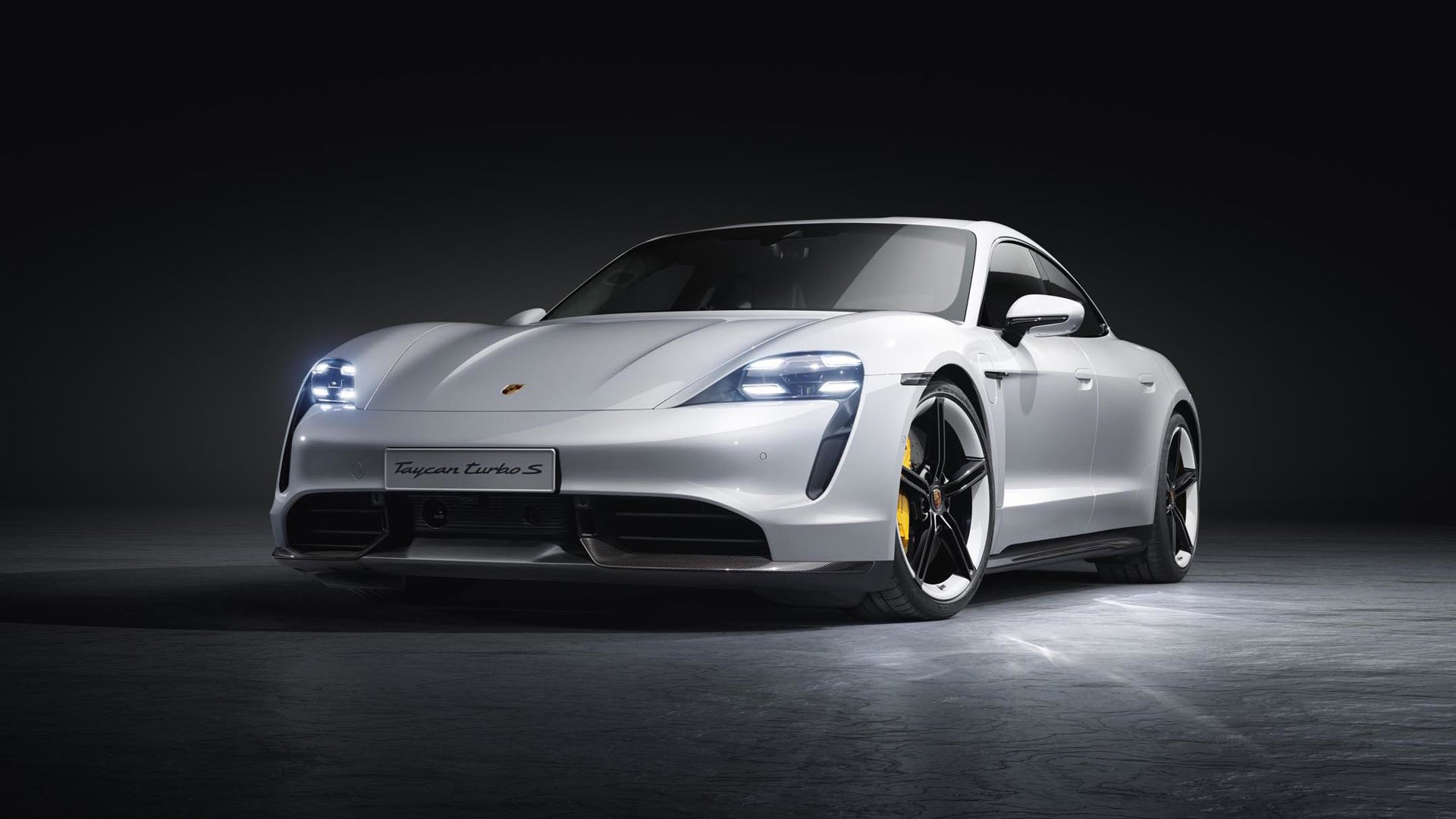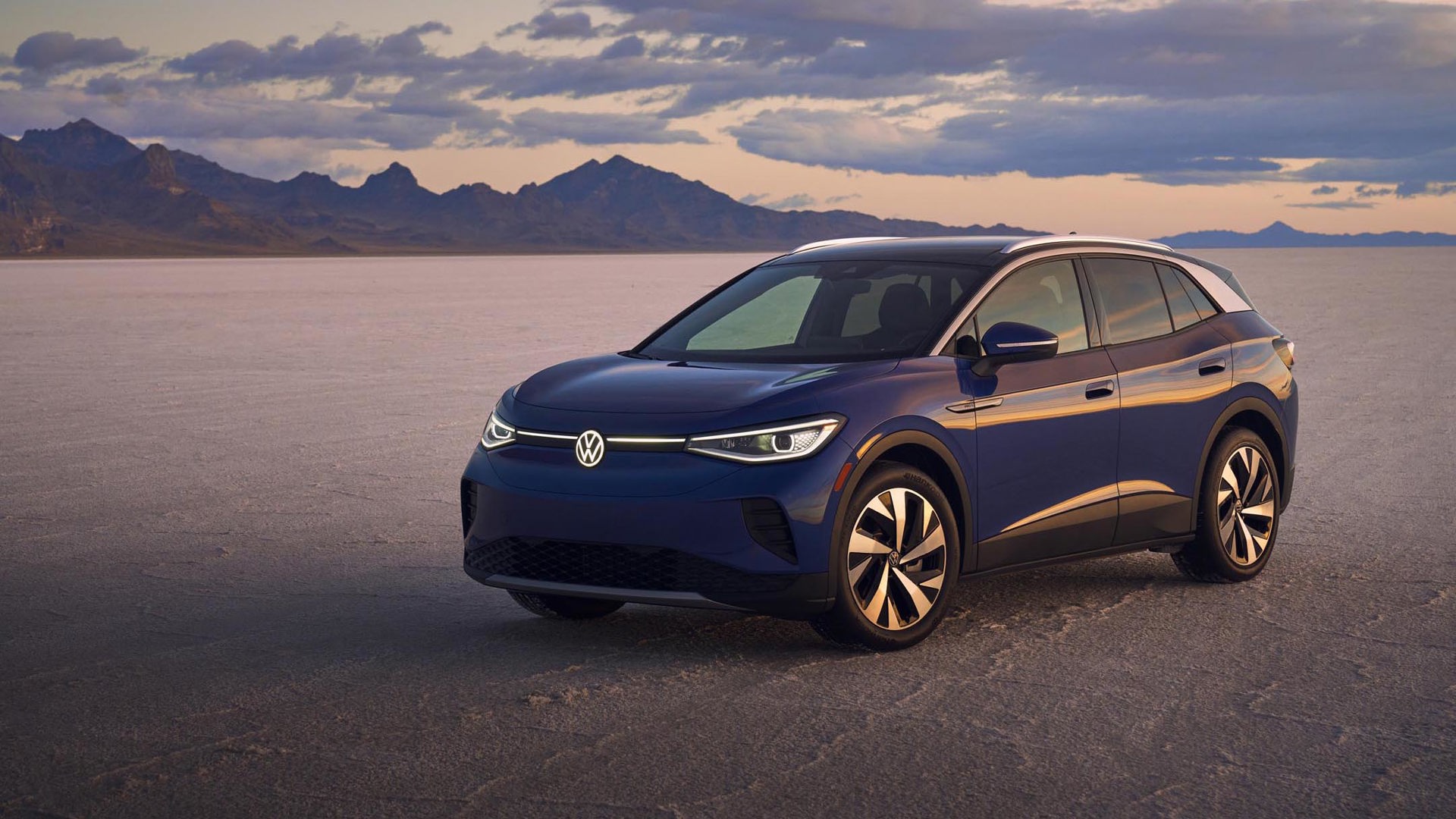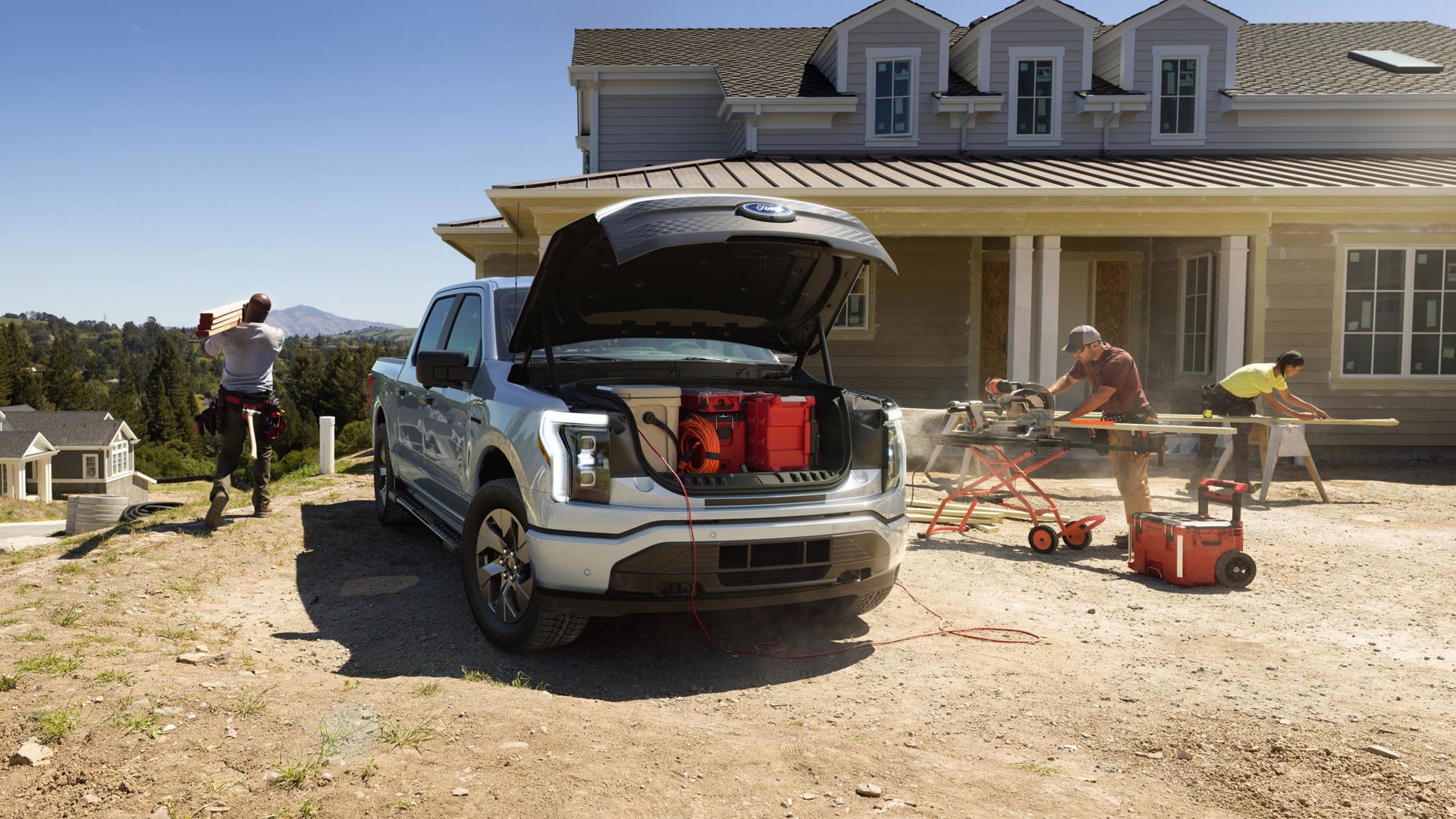July 12, 2021: Added PEI to list of provinces with EV incentives.
It doesn’t seem that long ago that electric vehicles (EVs) were rare novelties, but now almost every auto manufacturer offers at least one or has one on the way. If you’re considering going electric, we have some tips to make the shopping process easier.
What to Buy?
Tesla is the best-known electric brand, and certainly give it a test drive, but mainstream manufacturers are adding EVs alongside their gasoline-engine vehicles too. These range from more affordable models, such as the Chevrolet Bolt, Hyundai Ioniq EV, and Nissan Leaf, right to the sky’s-the-limit Porsche Taycan.
One issue you may find with an all-new model is that you might not be able to get one right away. It may be in short supply as it rolls out to dealers, or the bulk of those available may first go to areas with their largest audiences, such as big cities or provinces that offer “green” incentives. If you’re outside of those, you may have to wait, or look for something else.
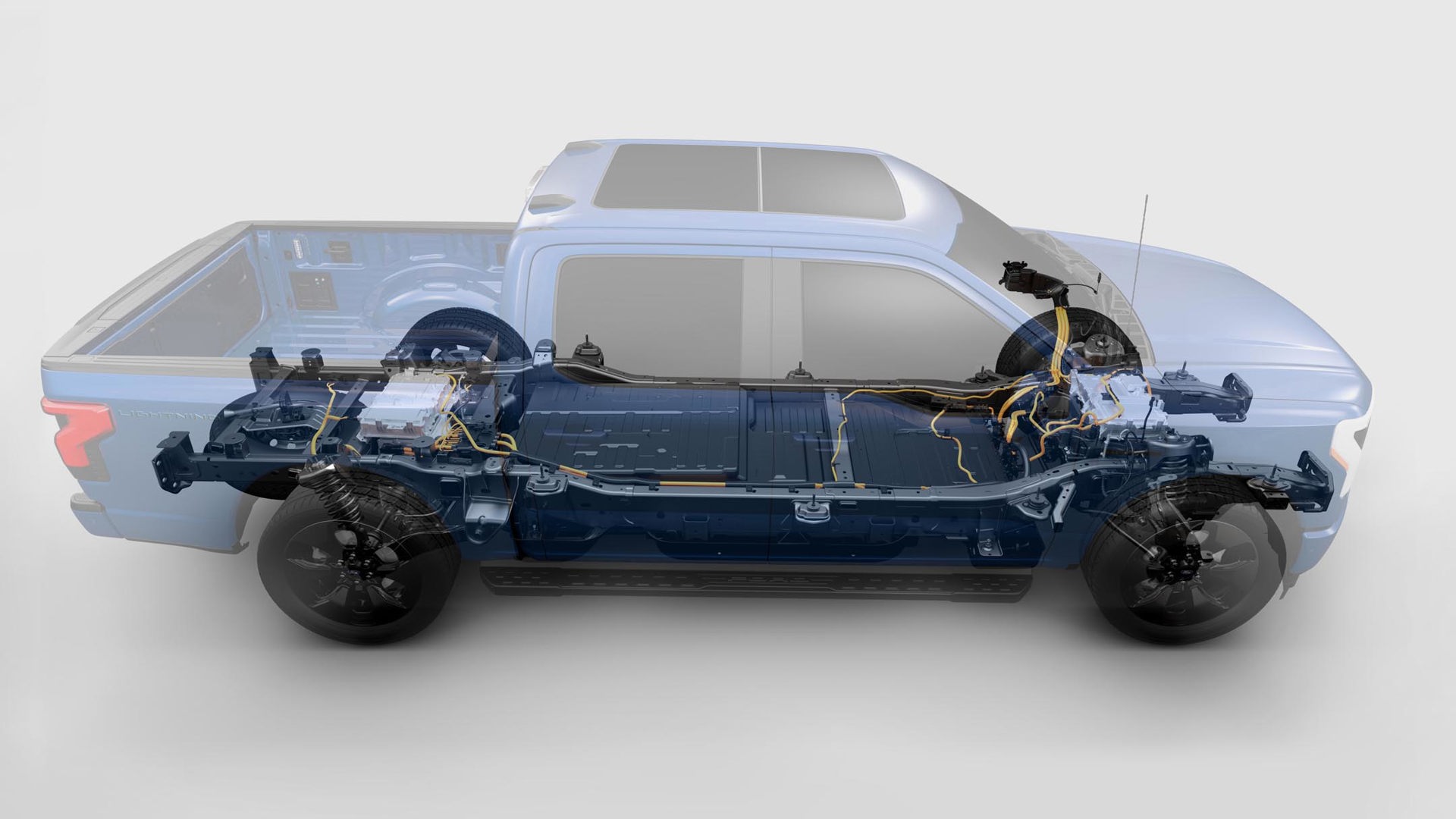
Understand the Specs
The power of the vehicle’s electric motor is measured in kilowatts, or kW, while the battery’s energy capacity is in kilowatt-hours, or kWh. In simplest terms, one kilowatt-hour is the equivalent energy needed to keep a one-kilowatt electrical motor running for one hour.
That’s a standardized measurement, rather than real-world driving. At cruising speed, an EV will generally use 1 kWh to go about 4.8 to 6.4 km (3 to 4 miles). So if an EV has a 100-kWh battery, and you multiply that by the 6.4 km you’ll get from 1 kWh of energy, then the car will have an estimated range of 640 kilometres on a charge.
The vehicle’s onboard charger is rated in kW, which indicates its acceptance rate – how quickly the battery can be charged. Most EVs run from 6.6 to 7.2 kW. The higher the number, the less time it’ll take to charge the battery. Of course, you don’t get something for nothing. Longer driving range and faster charging will increase the vehicle’s cost and weight.
Range Anxiety
Modern EVs get much better range than in the past, thanks to improved battery technology, but many people are still not confident about having enough range. Many of us tend to overestimate how far we drive in a day, and get deterred by the fact that charging stations aren’t as common as gas stations, and it takes longer to recharge than to refuel.
Range should be your primary consideration. You want as much battery range as you can comfortably afford, because you need to have confidence in your vehicle. Before you go EV-shopping, make note of your daily mileage over a week or two, so you know the minimum range you’ll need. As with gasoline fuel-consumption numbers, the stated range is what the vehicle achieves in standardized testing. In real-world driving, everything’s conspiring to reduce your range, including cold weather, heater or air conditioning use, loading up your vehicle, hilly terrain, and highway speeds.
If you want an electric vehicle but you regularly make trips beyond their estimated range, consider a plug-in hybrid (PHEV). These drive on battery-only after they’ve been charged, but once that runs out, they automatically revert to gasoline-electric hybrid operation. As long as you have gas in the tank, you can get to your destination.
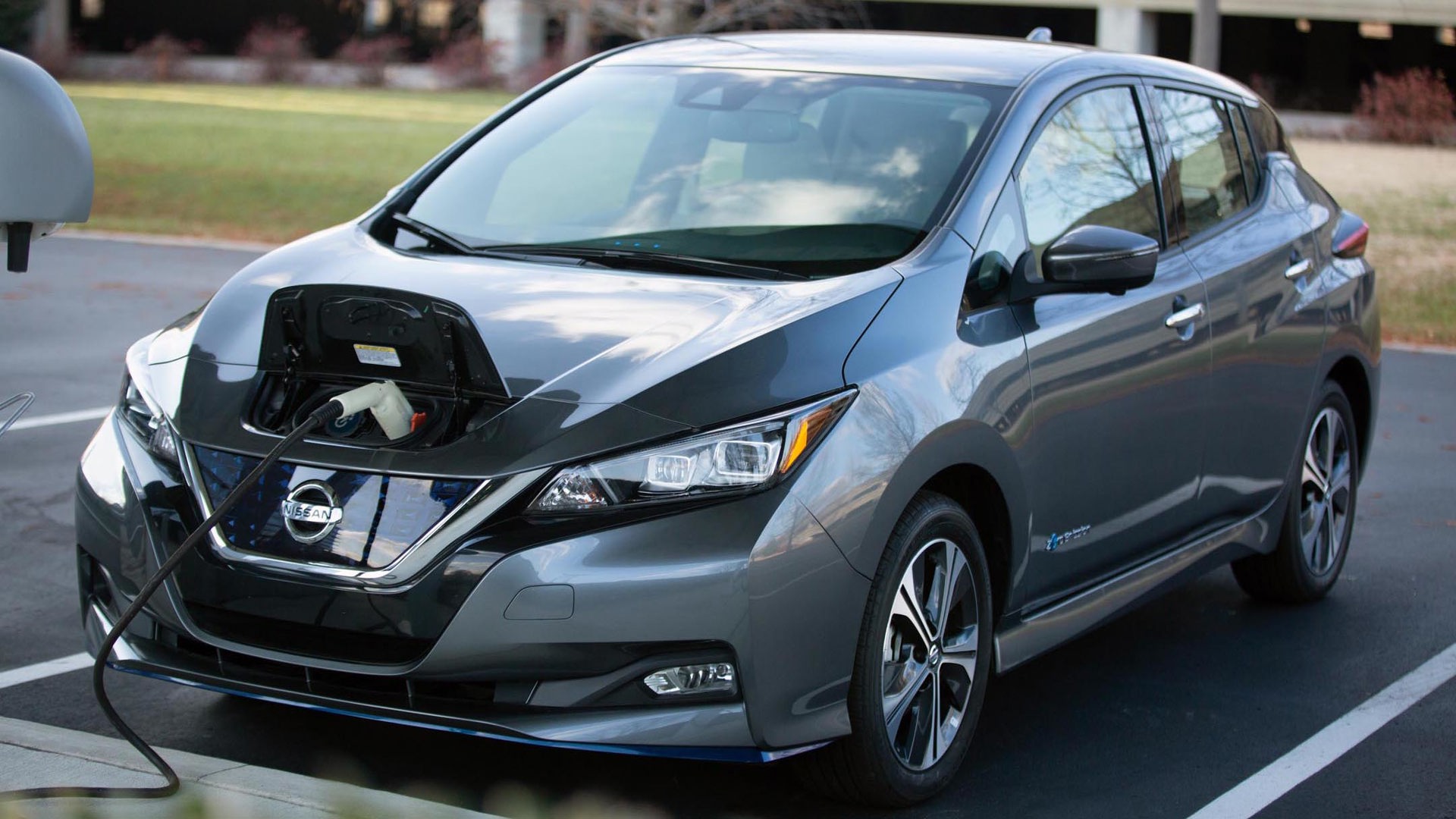
Charging Up
Public charging infrastructure is important, but in reality, most owners charge their vehicles at home. You can plug an EV into a regular 120-volt wall socket (the car will come with a cord for it), but that can take a day or more to recharge a depleted battery. For the fastest home charging, you’ll need a 240-volt charging station, along with professional installation by an electrician – it’s not a do-it-yourself job – so you’ll need to factor that into your car budget. A few automakers offer charging stations, but compare prices with the numerous third-party companies that make them. Fast-charging DC units are only at public charging stations (and even then they’re relatively rare, due to their cost and complexity) and are never for home use.
Check for Incentives
Your dealer should be informed on available cash incentives, or you can check your province’s websites, or associations such as CAA.
Canada offers a federal rebate of $5,000 against the price of your EV, providing it’s under the allowable cap, which ranges from $55,000 to $60,000. You’ll get the full five grand if you buy outright, or lease for 48 months. Shorter leases are pro-rated from $1,250 to $3,750 depending on length.
British Columbia, Quebec, Yukon, PEI, and Nova Scotia offer provincial rebates on top of the federal incentive, ranging from $3,000 to $8,000. Your home charging station might qualify for a rebate also, from your province, municipality, or organizations such as ChargeHub. In Ontario, Plug’n Drive has incentives for buying a used EV, and for scrapping a conventional gasoline vehicle when you do. If you’ve opted for a plug-in hybrid, you may be eligible for smaller federal or provincial rebates as well.
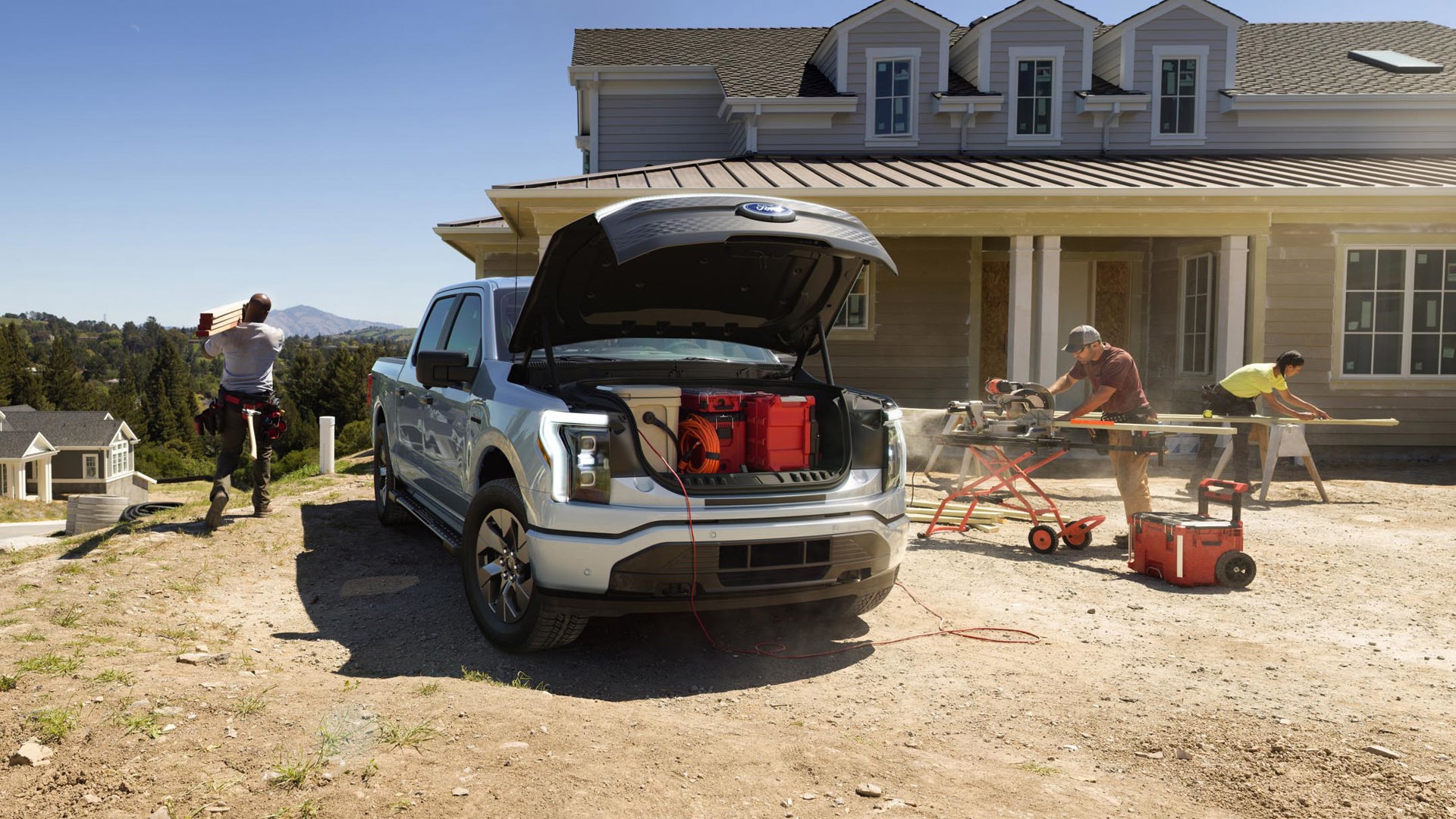
Lease or Buy?
Overall, the pros and cons of leasing versus buying are the same as for a gasoline vehicle. You have to consider factors such as interest, depreciation, and on leased vehicles, the mileage and condition specifications at the end of the lease.
A consideration with EVs is that they are rapidly advancing in battery technology, and in the number of new models available. If you lease, then at the end of it you can simply hand in your old vehicle and move into an improved version, rather than find someone to buy the older-tech model you’re trying to sell.
Insurance Considerations
Before you start shopping, contact your insurance company. EVs are still a relatively small slice of the overall vehicle market, and your broker or insurance company might not have handled too many of them. Find out what it’s going to cost to cover the EVs you’re considering, and factor that into the overall cost of ownership.
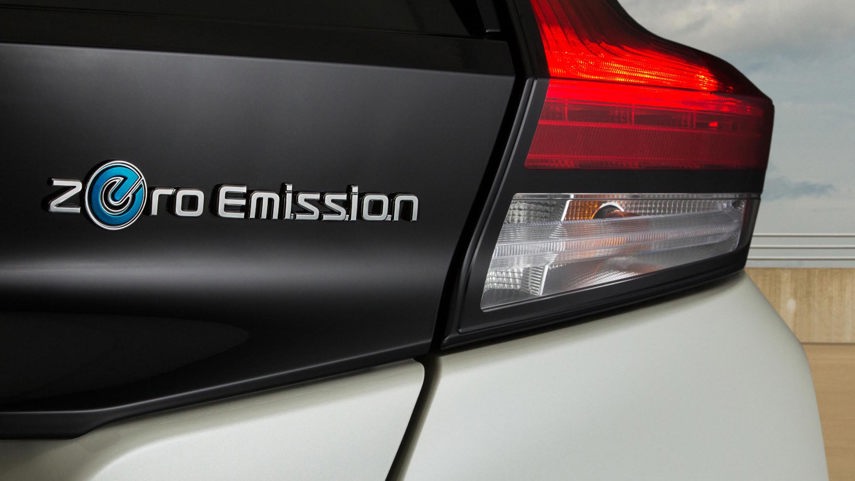
Flipping the Coin
EVs may cost more to buy, and possibly more to insure, but they have a trick up their sleeve: Overall, they cost less to maintain than a gasoline vehicle. They don’t need oil changes, and their regenerative braking reduces wear and tear on their brake pads. They’ll still need some work done at some time – things like tires and suspension will eventually require attention – but factor in the savings between gas and electric. Note that if you opt for a plug-in hybrid, it will need oil changes and other gasoline engine maintenance.
The Verdict
Just as a heavy-duty pickup truck or two-seater sports car won’t work for everyone, an electric vehicle isn’t the perfect fit for every driver. But it can work for many, whether as commuter transportation (and in many jurisdictions, you can use the HOV lane when you’re by yourself in an EV), or as a second-car city runabout. Of course, as with any vehicle purchase, do your homework to see which one’s going to be right for you.
